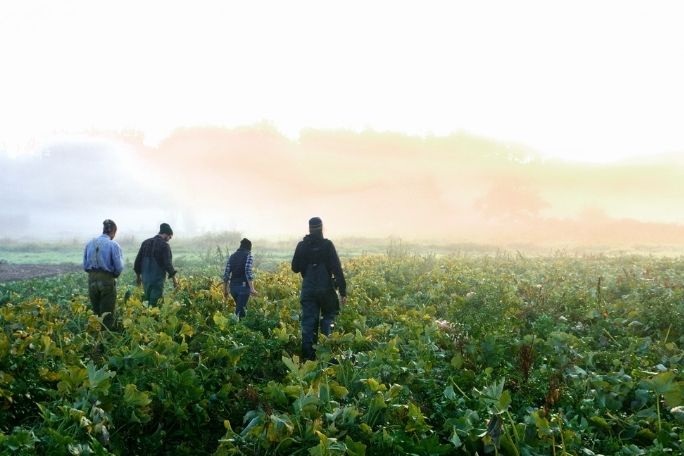Lesson summary
In this science lesson, students first learn about the transpiration of plants and then plan and perform an experiment in groups to investigate the water loss through the leaves of different types of plants in the playground. They will share their findings by creating informative graphs and discover that Australian native plants tend to have less water loss than exotic plants. Through careful observation, they will be able to explain how the special design features of native plants reduce the rate of transpiration. Finally, students work in groups to research how native plants can play a crucial role in the regeneration of Australia.
Learning intentions:
Students will...
- learn about transpiration and the differences between Australian native and exotic plants
- be able to measure the water loss from the leaves of Australian native plants and exotic plants.
Success criteria:
Students can...
- describe the process of transpiration and identify some Australian native plants
- be able plan and carry out an experiment to determine the water loss through the leaves of different plants
- communicate their findings and draw implications for the regeneration of Australia based on their results.
Lesson guides and printables
Curriculum links
Select your curriculum from the options below.
Lesson details
Curriculum mapping
Australian curriculum content descriptions:
Year 5 Science:
- Year 5 Science: Biological Science – Living things have structural features and adaptations that help them to survive in their environment (ACSSU043)
- Interpret data and information displayed in a range of formats to identify, describe and compare distributions, patterns and trends, and to infer relationships (ACHASSI100).
Year 6 Science:
- Year 6 Science: Biological Science – The growth and survival of living things are affected by physical conditions of their environment (ACSSU094).
Syllabus outcomes: ST3-10LW, ST3-11LW.
General capabilities: Literacy, Numeracy and Critical and Creative Thinking.
Cross-curriculum priority: Sustainability OI.1, OI.2, OI.3.
Relevant parts of Year 5 achievement standards:
Students analyse how the form of living things enables them to function in their environments. Students follow instructions to pose questions for investigation and predict the effect of changing variables when planning an investigation. They use equipment in ways that are safe and improve the accuracy of their observations. Students construct tables and graphs to organise data and identify patterns in the data. They compare patterns in their data with predictions when suggesting explanations. They describe ways to improve the fairness of their investigations and communicate their ideas and findings using multimodal texts.
Relevant parts of Year 6 achievement standards:
Students describe and predict the effect of environmental changes on individual living things. Students explain how scientific knowledge helps us to solve problems and inform decisions and identify historical and cultural contributions.
Students follow procedures to develop investigable questions and design investigations into simple cause-and-effect relationships. They identify variables to be changed and measured and describe potential safety risks when planning methods. They collect, organise and interpret their data, identifying where improvements to their methods or research could improve the data. They describe and analyse relationships in data using appropriate representations and construct multimodal texts to communicate ideas, methods and findings.
Unit of work: Plants
Teaching Time: 120 minutes.
Level of teacher scaffolding: High – support student movement around the classroom during learning activities, and facilitate class discussions.
Resources required
- Access to the film Regenerating Australia
- Dropper (to collect water drops) – one per student or pair
- Plant Identifier App for Phone – optional
- Plastic freezer bags – two per student
- Regeneration Factsheet – one copy per student.
Skills
This lesson is designed to build students’ competencies in the following skills:
- Communication
- Creativity
- Critical thinking
- Social skills
Additional info
Regenerating Australia is a Regen Studios film developed and produced in association with WWF-Australia. Cool.org and Regen Studios would like to acknowledge the generous contributions of Shark Island Foundation, Documentary Australia Foundation, and our philanthropic partners in the development of these teaching resources.


Welcome back!
Don't have an account yet?
Log in with:
Create your free Cool.org account.
Many of our resources are free, with an option to upgrade to Cool+ for premium content.
Already have an account?
Sign up with:
By signing up you accept Cool.org's Terms and Conditions(Opens in new tab) and Privacy Policy(Opens in new tab).